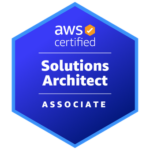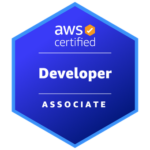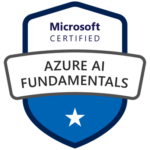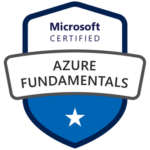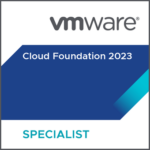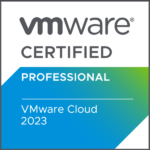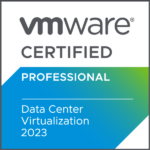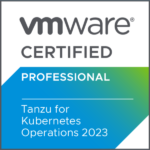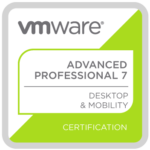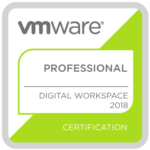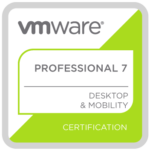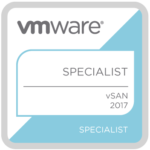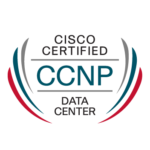There are moments in a career when you stop and realise that the path beneath your feet is no longer the path you set out to walk. Sometimes the change is subtle, almost invisible and other times it becomes impossible to ignore. For me, this moment arrived somewhere between large public sector strategy discussions, another round of organizational changes, and one more conversation about “global priorities” that had little connection to the needs of Swiss or European sovereign infrastructure.
I spent a meaningful year at Oracle. I met great people and learned what it means to bring a (dedicated) hyperscale cloud into regulated environments. OCI Dedicated Region is still one of the most interesting and ambitious engineering efforts in the cloud industry. But at some point, I realized that my personal mission of digital sovereignty, open choice, and the empowerment of customers started to diverge from where I felt the company was going.
Not wrong. Not bad. Just different. And that difference grew large enough that it became impossible to pretend we were still walking in the same direction.
Sovereignty has always been my north star
Years before Oracle, long before the idea of sovereign clouds became a political agenda, I cared about the question of who controls technology. My time at VMware shaped that perspective deeply. Private cloud, infrastructure independence, and the ability for organizations to define their own architecture rather than renting someone else’s world.
Even during my time at Oracle, I continued to view everything through that sovereignty lens. Dedicated Region was my way of reconciling public cloud innovation with local control, which is a compelling proposition in many cases. But it became increasingly clear to me that the broader industry narrative was drifting toward full-stack centralization. Clouds wanted to become operating systems. Platforms wanted to become monopolies. The idea that customers deserve autonomy was becoming a footnote.
At some point, you have to ask yourself: Are you still aligned with the direction of travel, or are you just trying to keep up even though you know you want something else?
Realizing that it was time to step off the path
There is no single moment that triggered my decision to leave. It was more like a slow accumulation of signals. My conversations increasingly shifted from “how do we empower customers?” to “how do we position the stack?”. The freedom and creativity I had in the early days of promoting sovereign cloud initiatives felt narrower over time. And internally, I caught myself spending more energy explaining why sovereignty matters than building solutions around it.
If your work becomes a negotiation with your own values, you eventually reach a point where you must choose. Stay and adapt, or step forward and realign.
I chose alignment.
Why private cloud again?
When you think deeply about sovereignty, you eventually come to the simple truth that sovereignty does not happen by accident. It is not a checkbox, a certificate, or a location of a data center. Sovereignty is an architectural stance. A design choice. A commitment to decentralization, reversibility, and customer control.
And that is where private cloud becomes relevant again as the foundation for a new era of controlled autonomy.
The more the world embraces hyperscale convenience, the more valuable real control becomes. The more cloud platforms abstract everything away, the more important it becomes to own the layers that matter. The more AI, data, and national infrastructure rely on cloud services, the more essential locally governed, locally designed, locally operable environments become.
Private cloud, done right, is a rebalancing of power.
Why Nutanix was the logical next chapter
If you want to work on digital sovereignty in a way that is meaningful, credible, and technically grounded, there are only a handful of companies where that mission is more than a marketing line. Nutanix is one of them and arguably the most aligned with the idea of customer freedom.
Nutanix sits in a unique space. It is an infrastructure platform that modernizes private cloud while keeping openness at the center. It doesn’t force customers into a predefined world and it creates the foundation upon which customers can build their own.
Choice becomes real again. Migration paths become optional rather than forced. Hybrid and multi-cloud become strategies instead of slogans. And customers regain something that hyperscale economics has quietly eroded for years. Yep, the right to decide their own future.
What I found at Nutanix is a philosophy that echoes my own. Technology should not dictate. It should enable. It should adapt to the customer, not the other way around. It should enhance sovereignty rather than dilute it behind yet another managed layer. And it should make modernization possible without making independence impossible.
Stepping into a mission, not just a new job
Leaving Oracle was not an escape. It was a conscious return to the principles that have guided me for more than a decade. I joined Nutanix not because it is fashionable, but because it represents the next phase of what the infrastructure world needs. A platform that gives power back to the organisations that increasingly rely on technology for national, economic, and operational resilience.
Modernisation should not mean giving up autonomy. Cloud adoption should not mean losing choice. Future architectures should not be designed by someone else’s business model.
Nutanix brings the balance back. It brings control back. It brings the freedom to design infrastructure on your terms.
And that is where I want to contribute. That is where I want to help customers. That is the path I want to walk.
Final Words
This move means a realignment with my own principles and the narrative I want to push into the market. The next decade will belong to organizations that understand this early and build accordingly.
I want to help shape that decade with customers, partners, policymakers, and anyone who believes that the future of infrastructure must be both modern and self-determined.
Leaving Oracle was the end of a chapter. Joining Nutanix is the continuation of a mission.
And for the first time in a long time, I feel like I am walking exactly where I am supposed to be.















